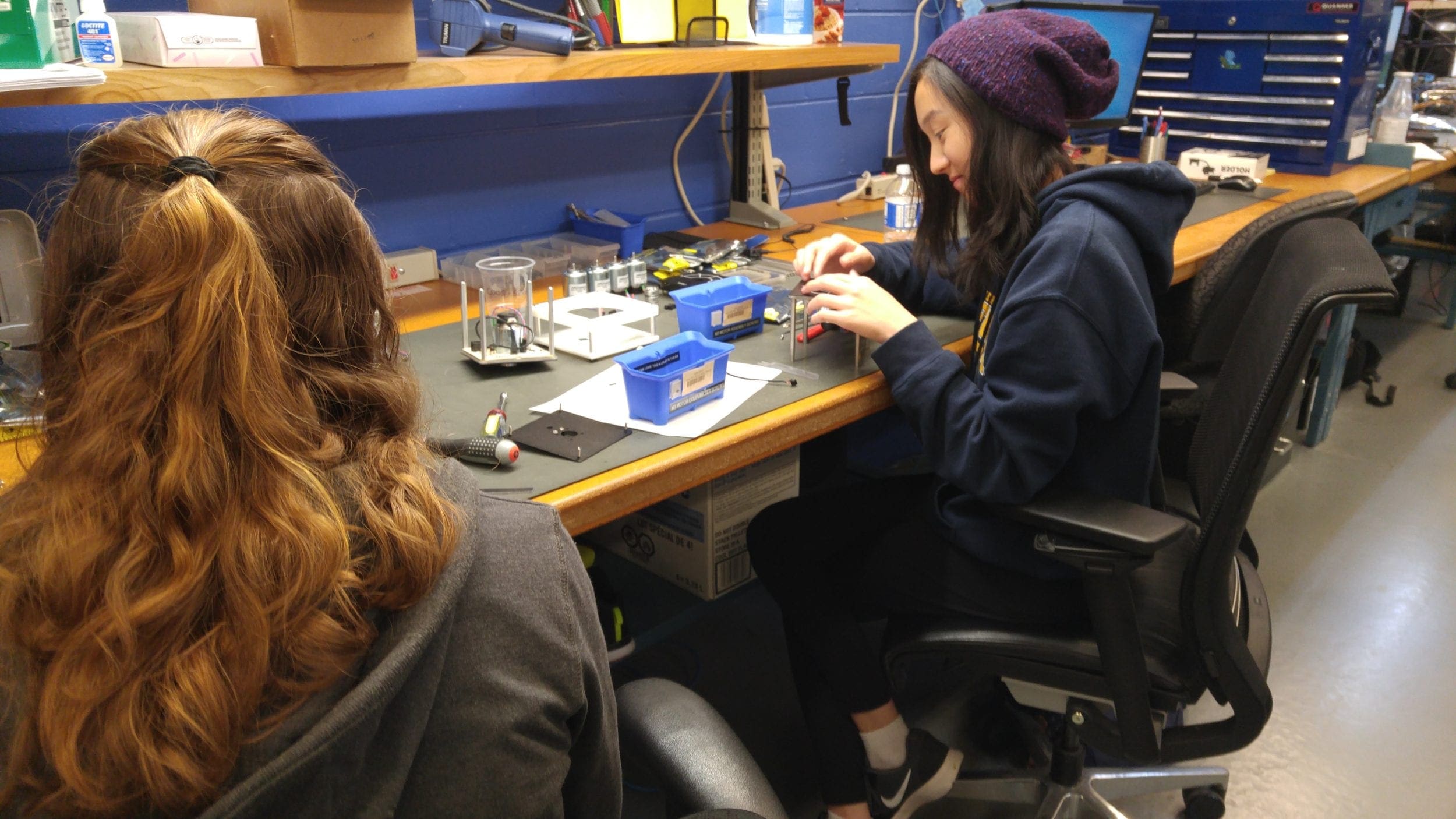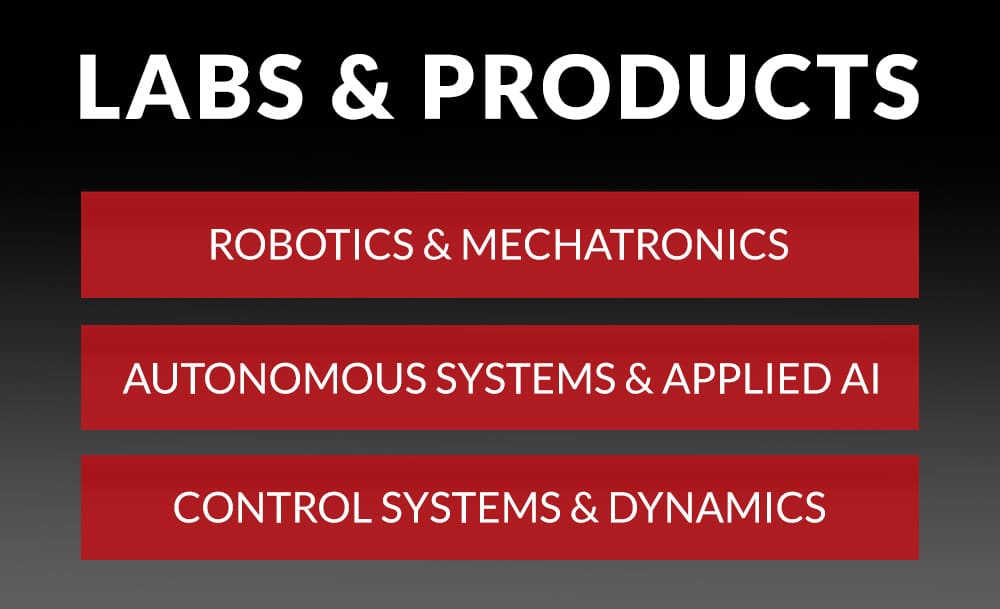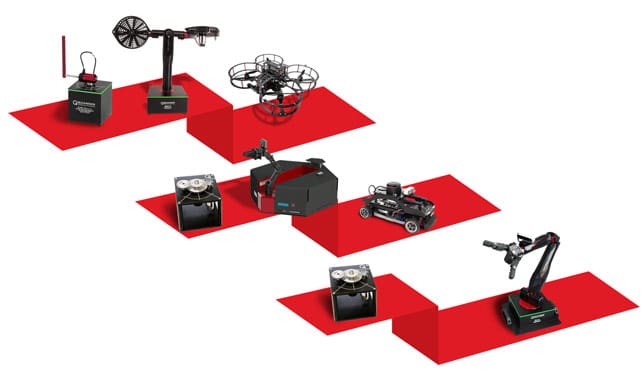
Last week I took part in an engineering curriculum workshop by Engineering for Us All or E4USA. The workshop aimed at designing a pilot program for engineering education at the secondary level. Spearheaded by the University of Maryland and propelled by a grant from the NSF, E4USA might ultimately result in an Advanced Placement credits in engineering. However, in the short run, most participants would settle for better-prepared engineering students. It was an enlightening experience for me, as I am usually on the sidelines of engineering education. I had a blast talking shop with everyone from high school teachers to deans of engineering, and the experience opened my eyes to several challenges facing educators.
Engineering – the Black Sheep of STEM
Most of the people I spoke to had a similar issue: engineering is the black sheep of the STEM world.
First of all, technology is ubiquitous these days. To stretch the metaphor, it’s not really a sheep at all, more like the family dog. By contrast, math and science are pure as the driven snow. Engineering is where things get dirty. Engineering is where things get done. But most people don’t know what engineers do. Because of this, most students don’t know if they want to be engineers. Worse still, students who choose to go to school for engineering are woefully unfamiliar with the engineering process. We would never let a student who never studied calculus enter a university math program, and yet we cannot even agree on what knowledge we would like students to have on entering an engineering program.
Scientists Achieve, Engineers Fail?
The next major issue is that engineering as a profession is facing a PR crisis. An oft-repeated anecdote at this conference was that when we landed a probe on Mars, it was a “scientific achievement” but when we failed to land on Mars, it was an “engineering failure.” When people think of innovation, they picture scientists in white lab coats. When they imagine a genius, he or she is working out complicated math equations on a fancy whiteboard. Most people don’t know what to picture when they think of engineers, if they think of them at all.
Advanced Placement for Engineering Students
The third big challenge, and one which is foreign to me, is the lack of any advanced placement (AP) courses in engineering. Most workshop participants stated this lack as a major hurdle for getting students to study engineering in secondary school. I would venture to say that everyone at the workshop agreed that learning engineering skills would be valuable even if you weren’t bound for a university engineering stream. However, one of the main motivations for getting students to take an introduction to engineering course would be to make it worth AP credits in university.
Engineering for us all
I, personally, look forward to seeing how this particular initiative will work out. I think it is a great idea and I hope for the best. Beyond that, I am interested to see how engineering as a profession works out its ongoing PR issues. A previous blog post talked about the great work of the FIRST Robotics, and I have written about my own experiences in motivating STEM learning. Seems that universities and professional organizations have some work to do, but with the growing shortage of North American engineering grads, I think we are bound to see change on the horizon.
Engineers solve real-world problems. The world has no shortage of problems to solve. It’s high time there was engineering for us all.



